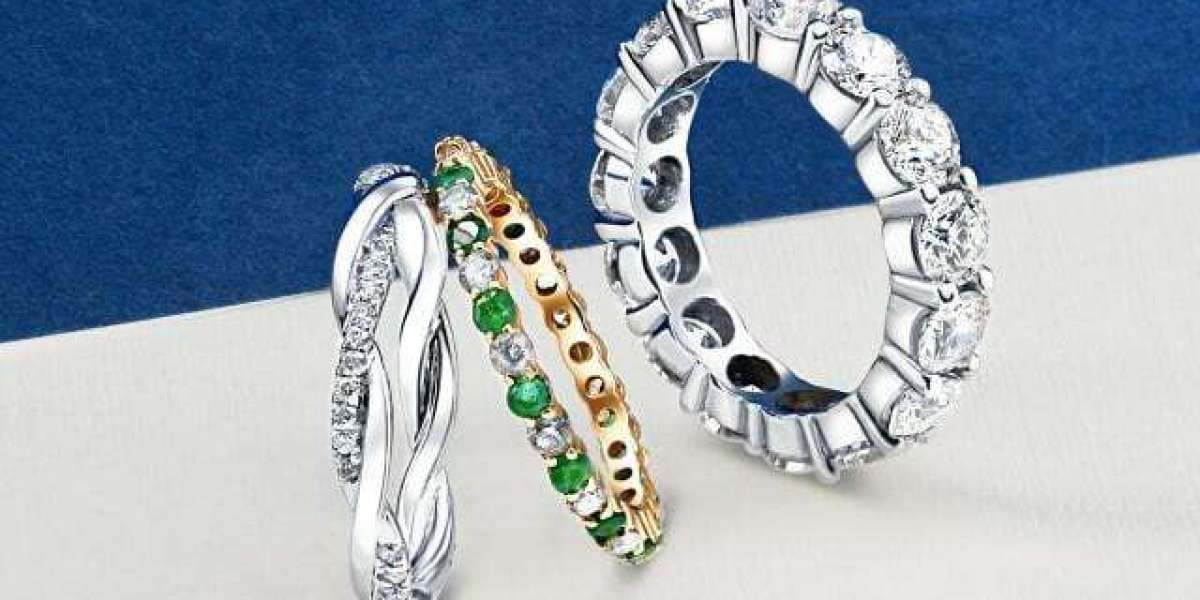Blue diamonds are among the rarest and most stunning gemstones ever discovered. Their captivating hue, powerful symbolism, and soaring value make them a true treasure of the earth. If you've ever heard the term "blue diamond blue" and wondered what makes this gem so extraordinary, you're about to discover a world where color meets rarity, and elegance meets mystery.
What Is a Blue Diamond?
Blue diamonds are natural diamonds that get their signature color from traces of boron in their crystal structure. Unlike traditional white diamonds that are prized for clarity and brilliance, blue diamonds are revered for their color — a striking blue that ranges from icy pale to deep ocean hues.
What Does "Blue Diamond Blue" Mean?
The phrase "blue diamond blue" often refers to the most vivid and intense blue shades found in these diamonds. While some diamonds may have a faint blue tint, those considered "blue diamond blue" possess a rich saturation and vibrant tone that place them among the most valuable gems in the world.
This term also evokes the deep emotional and symbolic significance of the stone — clarity, loyalty, and strength, all wrapped in a single, mesmerizing jewel.
The Science Behind the Blue Color
The distinctive color in blue diamonds is caused by the presence of boron atoms during the diamond’s formation under high-pressure and high-temperature conditions deep within the Earth. Unlike treated or synthetic blue diamonds, natural blue diamonds form over billions of years and are incredibly rare.
Some of the most famous blue diamonds in the world, like the Hope Diamond and the Blue Moon Diamond, exhibit the intense “blue diamond blue” shade, a level of saturation that makes them historical artifacts as much as luxury items.
Where Are Blue Diamonds Found?
Natural blue diamonds are found in only a few locations worldwide, with the majority discovered in:
Cullinan Mine, South Africa – The most famous source of high-quality blue diamonds.
Golconda Mines, India – Historically significant source of rare colored diamonds.
Argyle Mine, Australia – Though known more for pink diamonds, it has also yielded rare blues.
The rarity of these locations contributes to the exclusivity of blue diamonds.
Are All Blue Diamonds Natural?
Not all blue diamonds found on the market are natural. Some are:
Treated Diamonds – Enhanced in laboratories using high-pressure high-temperature (HPHT) processes or irradiation to produce the blue color.
Lab-Grown Blue Diamonds – Created in controlled environments using the chemical vapor deposition (CVD) or HPHT method.
While these options are more affordable, they lack the rarity and prestige of a natural “blue diamond blue” gem.
Price and Investment Potential
Blue diamonds are not only beautiful — they’re also valuable. Prices vary based on:
Color intensity – Vivid blue commands the highest price.
Carat size – Larger stones are rare and exponentially more expensive.
Origin – Natural untreated diamonds are worth more than treated or lab-grown ones.
Clarity and cut – These factors influence brilliance and overall appeal.
Auction records show blue diamonds frequently fetch millions. The Oppenheimer Blue, for example, sold for over $57 million in 2016.
Blue Diamonds in Jewelry
These gemstones are used in all types of luxury jewelry:
Engagement rings – Symbolizing loyalty and depth of feeling.
Pendants and necklaces – Often worn as a statement of sophistication.
Earrings and bracelets – Offering a subtle yet luxurious touch.
The “blue diamond blue” color complements platinum and white gold settings beautifully, highlighting the gem’s brilliance and hue.
Conclusion: The Enchantment of Blue Diamond Blue
There’s something undeniably magical about blue diamonds — a mysterious allure that sets them apart from all other gemstones. Whether you're an investor, a collector, or simply an admirer of nature’s wonders, the “blue diamond blue” hue offers a timeless symbol of rarity, elegance, and prestige. In a world full of sparkle, nothing shines quite like the deep, mesmerizing glow of a genuine blue diamond. Visit the official website of pompeii3.com



